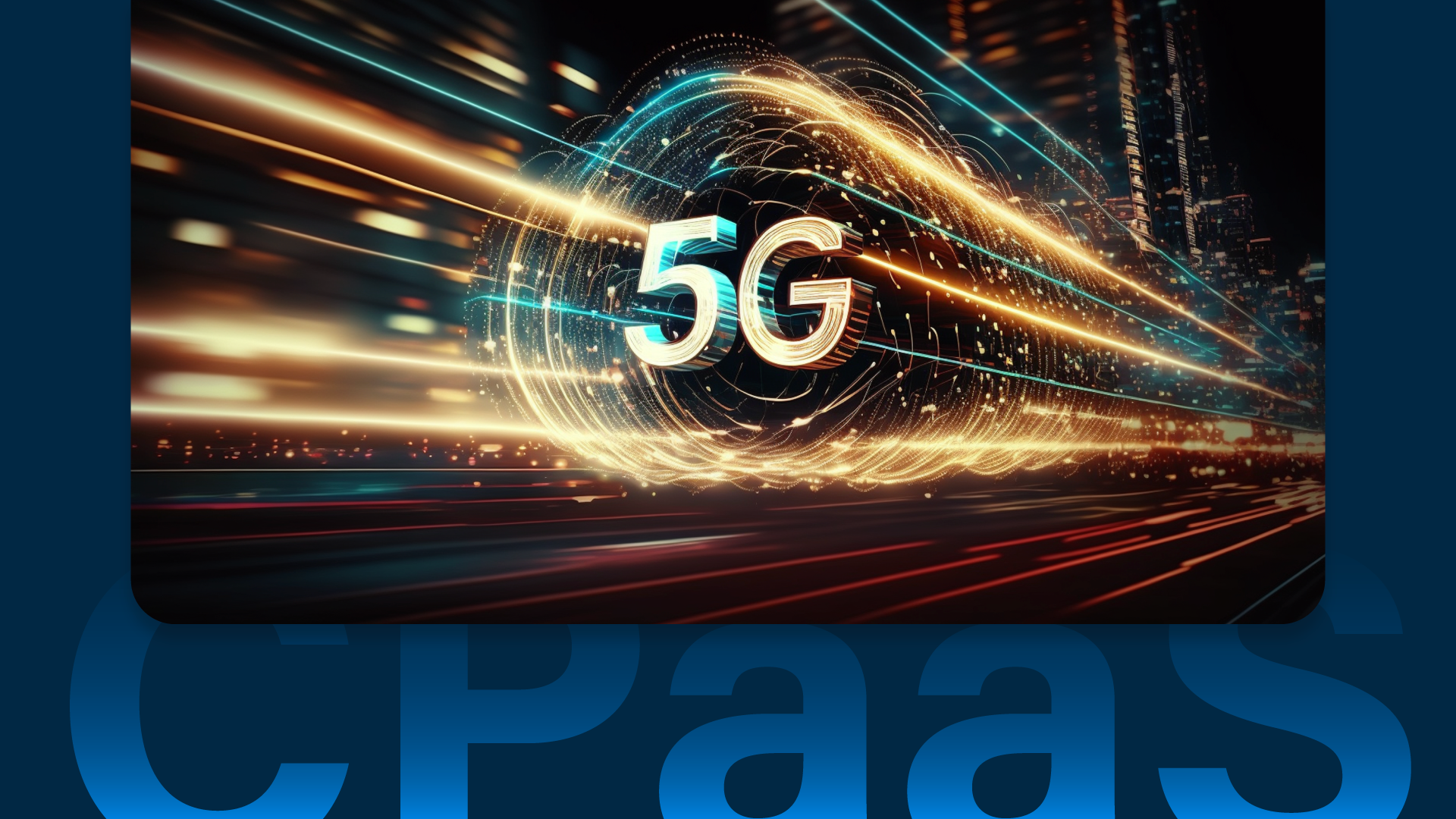With the paradigm shift and adaptation of new trends in communication technology, two powerful forces are converging to reshape the way we connect and interact – Communication Platform as a Service (CPaaS) and the fifth generation of wireless technology, commonly known as 5G.
Individually, these technologies have already made significant strides, but their combination promises a revolutionary leap forward in the realm of high-speed communication.
Understanding CPaaS
Let’s take a closer look at what CPaaS is before discussing how it works with 5G. With the help of CPaaS, a cloud-based platform, companies can incorporate real-time communication capabilities like audio, chat, and video into their apps without having to invest a lot of money in complex infrastructure or development work.
Simplifying communication procedures is one of CPaaS’s main benefits, as it enables companies to improve internal cooperation and consumer engagement.
Developers may effortlessly incorporate communication features into their applications and create a seamless and unified user experience by utilizing the APIs and SDKs offered by CPaaS providers.
The Evolution of 5G
Conversely, 5G is the newest generation of wireless technology, offering extraordinary speed, less latency, and improved connectivity. The fifth generation offers opportunities for a wide range of businesses, from manufacturing and healthcare to transportation and entertainment, and extends beyond simply providing faster internet on our mobile devices.
Up to 100 times quicker than the previous generation, 5G allows almost immediate device-to-device connectivity. Applications that require real-time interactions benefit greatly from the network’s enhanced responsiveness and dependability because to its decreased latency, or delay in data transfer.
Optimising Productivity and Network Connectivity: The Adaptive Combination of CPaaS and 5G
Imagine now fusing the 5G’s blazing speed with the CPaaS’s adaptability and agility. These two technologies work together in a way that might completely change the way firms interact, communicate, and develop.
Let’s see how it will impact.
1. Enhanced Real-Time Communication
Improving real-time communication experiences is one of the direct advantages of combining CPaaS and 5G. With no lag or latency, the combination of a video conference, audio call, and messaging app guarantees smooth and transparent communication.
This is especially important for applications where snap decisions can have a big impact, like telemedicine, online gaming, and collaborative work settings.
2. Internet of Things (IoT) Revolution
The Internet of Things (IoT) revolution is also accelerated by the combination of 5G and CPaaS.
We can expect real-time device communication in the future due to 5G’s massively parallel connection capability and CPaaS’s ability to integrate communication capabilities into IoT devices.
This has implications for many different businesses, including industrial automation, smart homes, and autonomous cars.
3. Seamless Customer Engagement
Businesses can benefit from increased consumer interaction through the combination of 5G and CPaaS.
Consider a customer care scenario in which a customer can request a high-quality video call from a support agent, who can then provide real-time visual assistance. This enhances problem-solving while also giving customers a more sensitive and tailored experience. These conversations happen without glitches or interruptions due to 5G’s speed and dependability.
4. Innovation in Applications
The combination of CPaaS and 5G opens up new possibilities for application development innovation never seen before.
Previously restricted by bandwidth, developers can now construct immersive and interactive applications by utilizing the potential of high-speed connectivity. There are countless uses for augmented reality (AR) and virtual reality (VR), as well as cutting-edge teaching resources.
Overcoming Challenges
Despite the huge number of advantages, certain difficulties come with this powerful mix that must be recognized and resolved. Among the most important factors are privacy issues, security concerns, and the requirement for standardized protocols.
Collaboration between industry players, legislators, and technology vendors is essential to establishing a safe and uniform environment as CPaaS and 5G continue to develop.
Future Outlook
The future of 5G and CPaaS is full of interesting possibilities, and the journey is only getting started. As technology continues to progress, we can expect a huge demand of innovative uses for the lightning-fast speed, reliable performance, and adaptable nature of 5G technology, in addition to the seamless communication integration of CPaaS.
Organizations that utilize this powerful combination will gain a competitive edge and offer their users and customers unparalleled experiences.
In summary, the combination of CPaaS and 5G is a catalyst for a communication revolution rather than just an integration of technologies.
The next era of connection will surely be shaped by the interesting improvements that lie ahead on this journey, which is just starting.
